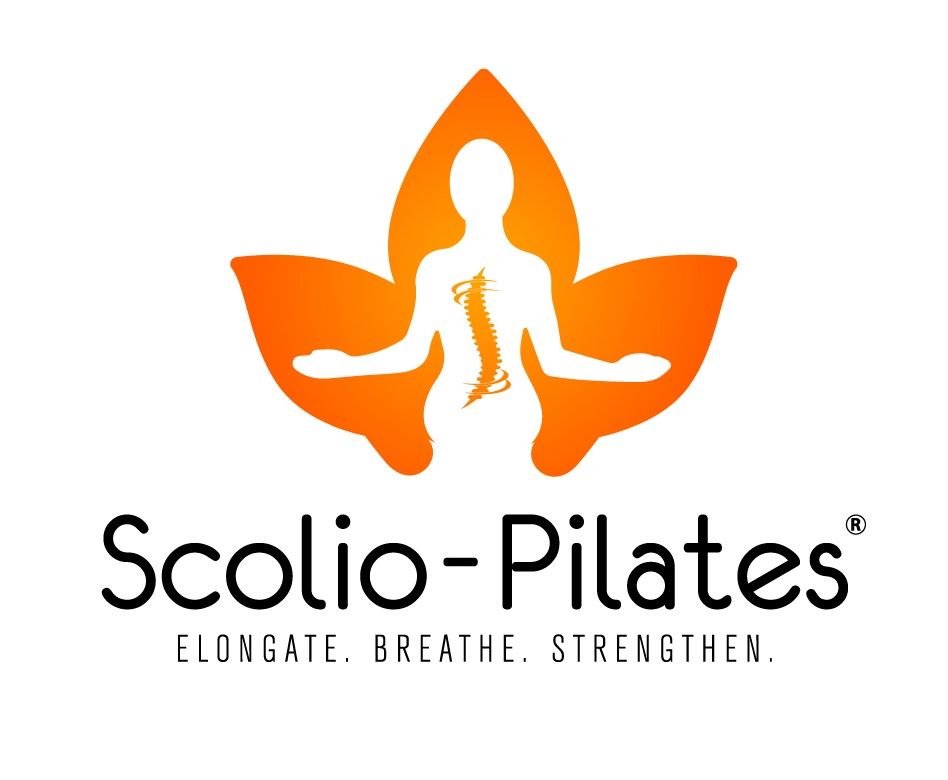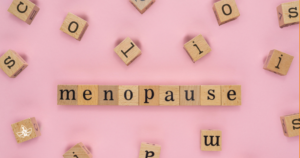Impact of Menopause on Scoliosis
It’s well-known that scoliosis is often monitored during adolescent growth spurts. However, fewer people are aware that menopause can also significantly increase one’s chances of scoliosis progression.
The Increasing Prevalence of Scoliosis in Postmenopausal Women
Statistics reveal some striking numbers:
-
-
- 2-3% of the population has scoliosis.
- 40% of women over 40 have scoliosis.
- 60% of women over 60 have scoliosis.
-
This upward trend highlights the need for targeted strategies and increased awareness to manage the effects of scoliosis in postmenopausal women.
Role of Hormone Replacement Therapy
An article by The National Institute of Health looks at hormone replacement therapy (HRT) and rotatory spondylolisthesis (spondylolisthesis is a slipping forward of a vertebra in the very low back). While spondylolisthesis is not scoliosis, the word “rotatory,” or rotation, grabs my attention. Anytime we see a rotation of the spine, scoliosis needs to be considered. If there’s a rotation, if there’s a side-bend –that’s Fryette’s Law.
In the transition from pre-menopause to peri-menopause, there seems to be an instability in the area of the first vertebra of the sacrum (S1) to the two lowest vertebrae of the lumbar spine (L4-L5). Why the collapse? Well, the understanding of the woman’s pelvis, paired with what we know about connective tissue and collagen, could give us some clues:
We know that the tip of the pelvis from L5-S1 is significant for women. The sacral slope of the tip of the pelvis is 20-65 degrees, compared to 20-40 degrees as the average for men5. It seems that with that type of slope, the area could already be set up for instability compared to men.
Second, in the first 5 years of menopause, women lose approximately 30% of the collagen in their skin. What about the collagen in the connective tissue? The collagen produced post-menopause is thinner and weaker, and this won’t only happen in the skin. However, most of the studies out there are about collagen fibers and the skin of the menopausal woman.
Third, from my own experience with my body and working with many bodies, I wonder if some areas of the connective tissue actually gain connective tissue fibers. And others lose it? While there’s an awareness of a collapse of some tissues, there’s also an awareness of restriction in others – the restriction is not aligned with a loss of support. If it were, we would all be puddles of tissue after menopause, but that’s not exactly the case, is it? Instead, it seems to be we gain areas of hypo and hyper-mobility. Someone out there knows more about this than I do, so if it’s you, please write in!
In any case, let’s combine all of these thoughts: increased sacral slope, changes in connective tissue, rotation, and a tendency towards spondylolisthesis. This seems like a recipe for a lot of change in the lumbar spine. Then, what do we do about it? There is evidence that HRT can help with these changes3 and that low-dose HRT is not harmful. Therefore, step one is to speak to the medical doctor portion of your team.
Importance of Exercise and Movement
Exercise isn’t going to hurt you in terms of movement. Exercise with a purpose, where a professional gives you the tools you need to keep your body aligned and balanced, will help tremendously.

This x-ray here may help you visualize these low back changes typical of menopausal changes.
In the x-ray, we see a shift of the lowest lumbar vertebrae. If they shift left, where do you think the pelvis will go? Correct – to the right. This imbalance can be challenging to bring back so the spine is balanced on top of the pelvis again. Therefore, work with someone to help you achieve this. And if you cannot reach it right away, don’t be discouraged. If you can achieve it, please, I implore, don’t ever lose it. And it will take work on your part. Practice daily. Practice 20-30 times daily to align yourself with your spine and pelvis balanced. If you need help with this, this is our specialty. Please reach out to our practitioners. You can find our worldwide team here.
- Brincat M, Versi E, Moniz CF, Magos A, de Trafford J, Studd JW. Skin collagen changes in postmenopausal women receiving different regimens of estrogen therapy. Obstet Gynecol. 1987 Jul;70(1):123-7. PMID: 3601260. Retrieved from:
https://pubmed.ncbi.nlm.nih.gov/3601260/
- de Mauroy JC, Lecante C, Barral F, Pourret S. Prospective study and new concepts based on scoliosis detorsion of the first 225 early in-brace radiological results with the new Lyon brace: ARTbrace. Scoliosis. 2014 Nov 19;9:19. doi: 10.1186/1748-7161-9-19. PMID: 25741377; PMCID: PMC4349706.Retrieved from: https://www.ncbi.nlm.nih.gov/pmc/articles/PMC4349706/
- Marty-Poumarat C, Ostertag A, Baudoin C, Marpeau M, de Vernejoul MC, Cohen-Solal M. Does hormone replacement therapy prevent lateral rotatory spondylolisthesis in postmenopausal women? Eur Spine J. 2012 Jun;21(6):1127-34. doi: 10.1007/s00586-011-2048-3. Epub 2011 Oct 28. PMID: 22033571; PMCID: PMC3366144. Retrieved from: https://www.ncbi.nlm.nih.gov/pmc/articles/PMC3366144/
- McAviney, J., Roberts, C., Sullivan, B. et al. The prevalence of adult de novo scoliosis: A systematic review and meta-analysis. Eur Spine J 29, 2960–2969 (2020). https://doi.org/10.1007/s00586-020-06453-0. Retrieved from: https://link.springer.com/article/10.1007/s00586-020-06453-0#citeas
- Savarese LG, Menezes-Reis R, Bonugli GP, Herrero CFPDS, Defino HLA, Nogueira-Barbosa MH. Spinopelvic sagittal balance: what does the radiologist need to know? Radiol Bras. 2020 May-Jun;53(3):175-184. doi: 10.1590/0100-3984.2019.0048. PMID: 32587427; PMCID: PMC7302896. Retrieved from: https://www.ncbi.nlm.nih.gov/pmc/articles/PMC7302896/

